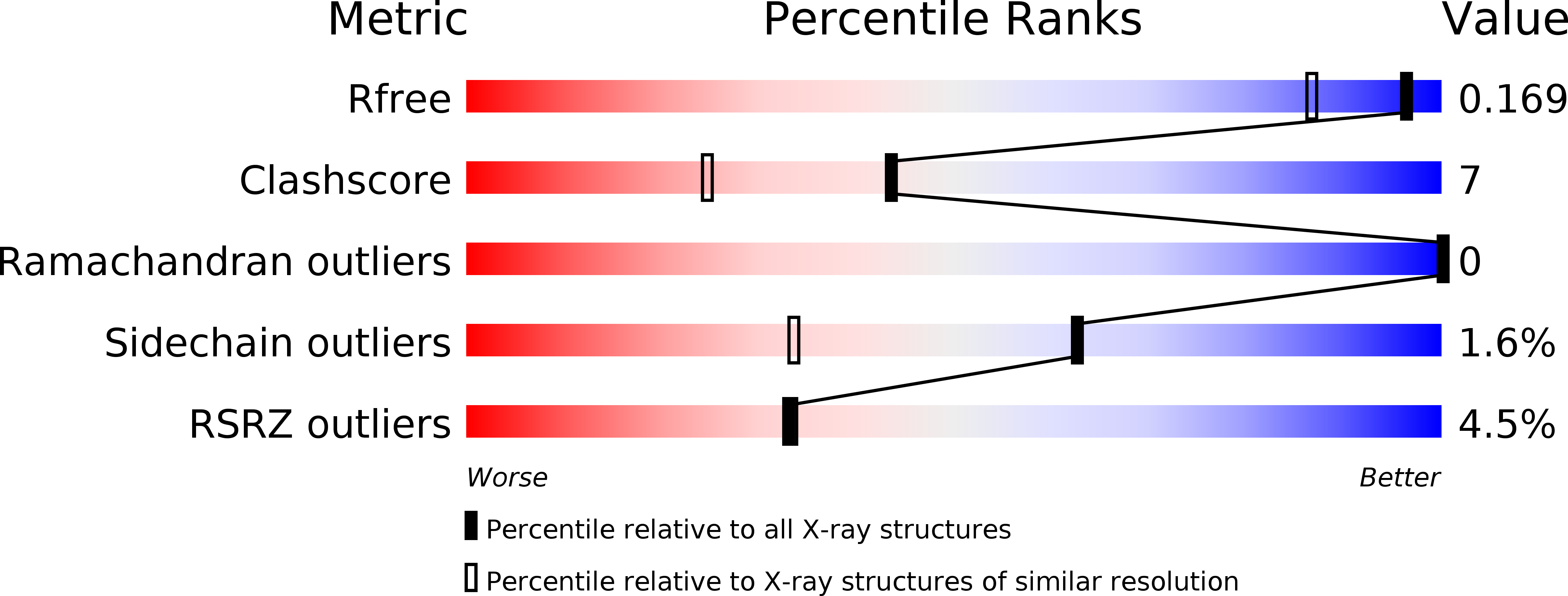
Deposition Date
2012-04-18
Release Date
2012-09-12
Last Version Date
2024-11-13
Entry Detail
PDB ID:
4EQ8
Keywords:
Title:
Crystal structure of PA1844 from Pseudomonas aeruginosa PAO1
Biological Source:
Source Organism:
Pseudomonas aeruginosa (Taxon ID: 208964)
Host Organism:
Method Details:
Experimental Method:
Resolution:
1.39 Å
R-Value Free:
0.17
R-Value Work:
0.16
R-Value Observed:
0.16
Space Group:
P 21 21 21


